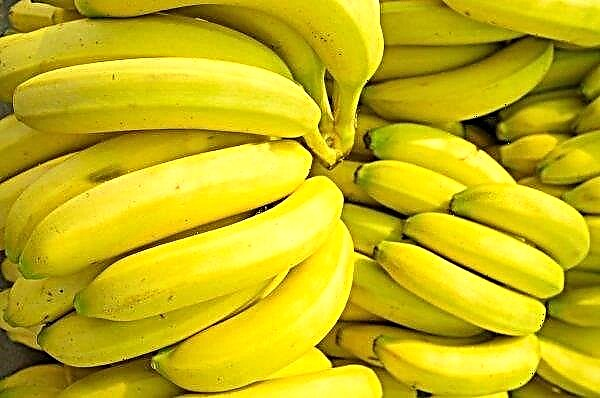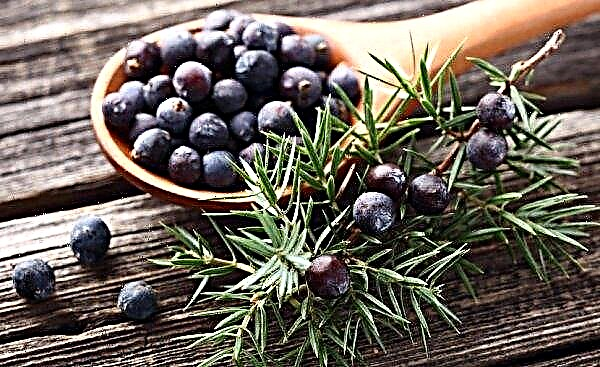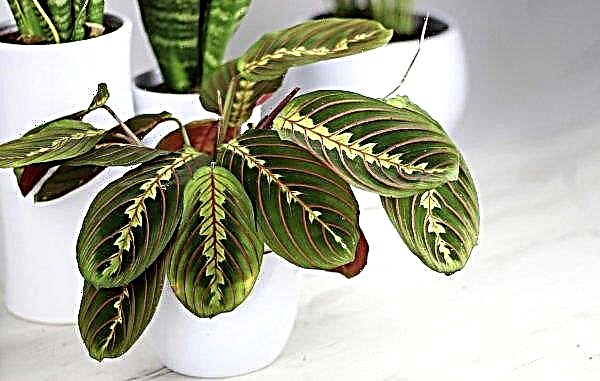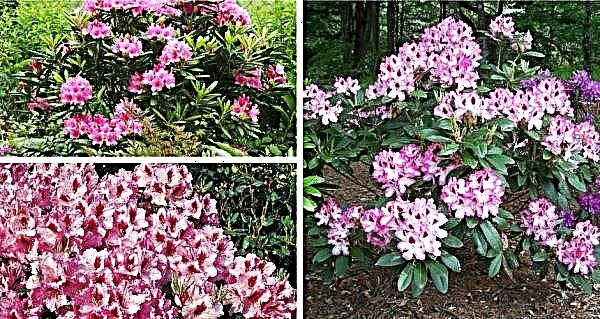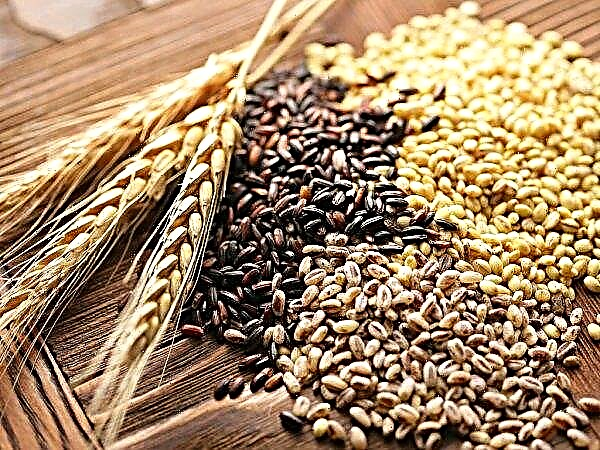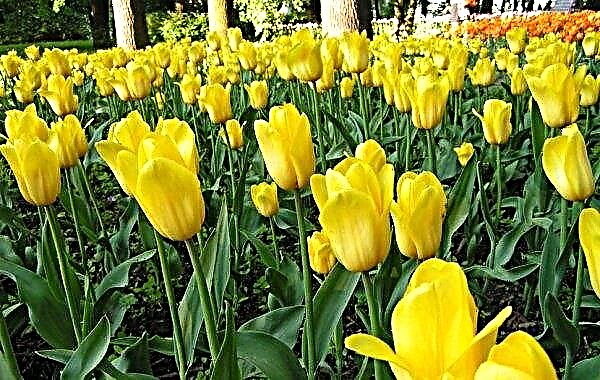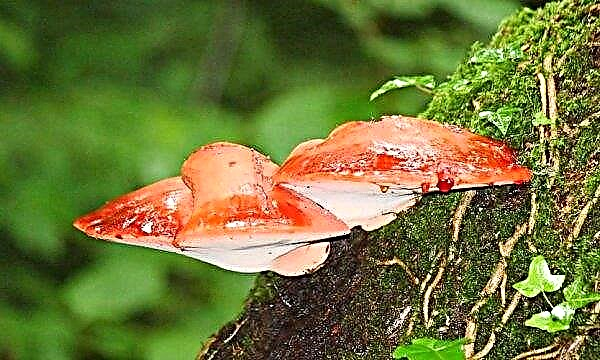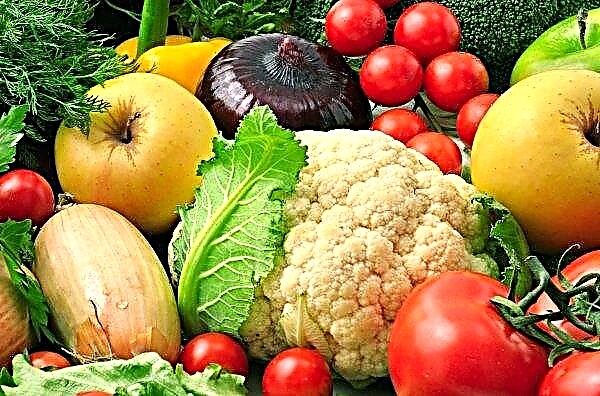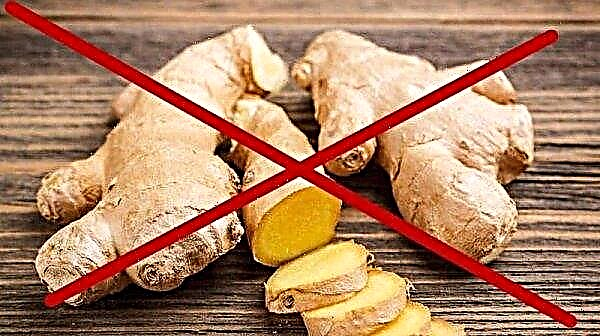Ragned potatoes are a modern variety with characteristics that allow it to be recommended for cultivation for table use. Features of the variety and the rules of its agricultural technology are presented below.
Selection history
The variety was bred in Belarus at the crossing of the Sorcerer and 1579-14. He appeared in the Belarusian and Russian registries in 2011. The name is associated with the name of the Polotsk princess Rogneda (Belor. Ragneda), the wife of Prince Vladimir the Great, mother of Yaroslav the Wise.
Characteristic and Description
Ragned potato belongs to medium late varieties and has the following characteristics:
- round-oval yellow tubers;
- smooth peel with small eyes;
- cream flesh;
- tuber mass 78–120 g;
- starchiness 12.8–19%;
- the yield of the variety is 18.7–43.1 t / ha, according to the originator, up to 75.7 t / ha;
- bush tall, semi-erect;
- middle leaf with a slight undulation of the edge;
- the flowers on the bush are white;
- the resting period is average.

Advantages and disadvantages
- The advantages of the variety are as follows:
- suitable for all types of soil;
- intensive type of growth;
- resistance to mechanical damage;
- good storage and transportability;
- resistance to cancer and golden nematode, wrinkled and banded mosaic.
- The disadvantages of the variety can be considered:
- the appearance of small tubers;
- wateriness of the pulp.
Planting potatoes
It is impossible to grow high-quality potatoes without observing the planting conditions and the proper preparation of seed tubers.
Landing time
The required soil temperature for planting potatoes is + 8 ° C at a depth of 10 cm. Such conditions occur in April or May (depending on the region). Many gardeners advise paying attention to birch leaves and planting potatoes immediately after opening the buds and the appearance of small leaves.
Crop rotation rules
The place for planting Ragned tubers should be sunny and, preferably, protected from strong winds.
It is undesirable to use a piece of land after growing tomato, eggplant and pepper, since the diseases and pests of these crops coincide. Planting potatoes at the same place leads to soil depletion. It is recommended to select sites after crops, legumes, cabbage and pumpkin. A good yield is demonstrated by planting on the soil, where sidereal crops (alfalfa, vetch, clover) were sown for 1-2 years.
Important! The return of potatoes to the same site is possible no earlier than after 3 years.
Soil requirements
Ragneda is not too demanding on the composition of the soil, but grows better on loose and light soils. The worst soils are heavy and clayey. The optimum acidity of the soil is 5.1–6 pH.
The introduction of additional organic and mineral fertilizers increases productivity by 35–40%.
For a personal plot, the following options for preparing the plot in the fall are recommended:
- digging over a shovel bayonet with weed removal and 7 kg of rotted manure, 35–40 g of superphosphate and 15–17 g of potassium sulfate per 1 m².
- planting of green manure, followed by spring mowing and sprinkling with a 10 cm layer of soil.
For soil disinfection, there are biological and chemical preparations that are forbidden to be used together.
Chemicals include:
- bleaching powderscattered in the fall at the rate of 100-200 g per 1 m²;
- formalin, which is dissolved in water (a glass of 40% solution per 10 liters of water) and spilled earth a month before the tubers are planted;
- Iprodion add to each well during planting (40-60 g per 1 m²).
Biological preparations for disinfection:
- Fitosporin - contribute in spring or autumn, dissolving 6 ml of the product in 10 l of water (per 1 m²);
- Trichodermin - add before landing at the rate of 5 g per 5 l of water;
- Alirin-B or Gamair - used for spilling soil at the rate of 5 liters of solution per 1 m².
Preparing planting material
There are several methods for preparing tubers that increase the yield and resistance of plants to diseases.
These include:
- tubers selection, in which rejected frostbitten, curved and damaged specimens;
- calibration by weight and size;
- cutting large tuberswhich is carried out a week before landing. Parts should have the same number of eyes and a weight of about 40 g. The slice is treated with ash;
- tuber germination in a special place with diffused sunlight, at a temperature of + 12 ... + 15 ° C and humidity of about 85%;
- tuber processing protective agents, for example, solutions of superphosphate and ammonium nitrate, as well as dusting with ash before planting.
Did you know? If stored incorrectly, toxic solanine accumulates in the tubers. For poisoning, it is enough to eat about 1 kg of green potatoes.
Landing technology
Ragneda is planted less frequently than other varieties, and the distance between the bushes should be at least 20 cm, and the spacing between rows should be up to 90 cm. The depth of tuber planting is 6–8 cm.
With excess moisture, you can plant potatoes under the straw. Tubers are laid out on the surface of the prepared soil and covered with a layer of straw of at least 30 cm. After emergence and shrinkage, a layer of 15–20 cm is added.
Care Features
Possessing stability and unpretentiousness, to obtain a full-fledged crop of the Ragned variety, the following agrotechnical methods should be observed.
Fertilizer
In addition to the autumn and pre-planting fertilizer of the soil, the plant needs fertilizing during the growing season. It is recommended to fertilize after emergence, during the formation of inflorescences and during flowering.
It is convenient to combine the root type of top dressing with hilling and there you can include:
- mineral fertilizers, for example, a mixture of two parts of nitrogen and equal parts of potassium and phosphorus, 25 g of which are dissolved in 10 l of water;
- bird droppings, which are bred in a ratio of 1:10 and shed between the rows;
- fermented manure (1 liter per 10 liter of water);
- urea solution (1 tablespoon per 10 l of water), at the rate of 0.5 l per bush;
- herbal infusions from any weeds after fermentation are poured around the hole.
Important! A sign of malnutrition in potato sprouts is the pale green color of leaves and stems.
Foliar top dressing is carried out in the evening, and for it use:
- urea mixture consisting of 100 g of urea, 150 g of potassium monophosphate and 5 g of boric acid, diluted in 5 l of water. For the first feeding, this solution is diluted 2 times, and subsequently used undiluted;
- phosphate fertilizer - It is recommended for later periods and is prepared by dissolving 100 g of superphosphate in 10 l of water (per 10 m²);
- humates, for example, "Humate + 7" - can be used with an interval of 2 weeks at a rate of 2 g per 10 liters (3 liters per hundred square meters);
- nettle infusion - for processing plantings every 10 days. It is prepared by fermentation of nettle stalks.
Weed cleaning
Planting potatoes must be thoroughly cleaned of weeds, starting from the beginning of the growing season. Mulching the bushes with straw or sawdust reduces the germination of weeds and preserves the moisture and friability of the soil. Ragneda variety also needs several hills, which first saves seedlings from the cold and drying out, and then helps in building up the ground and above-ground mass of potatoes.

Watering
The need for watering depends on the properties of the soil on which the potatoes are planted. Wet heavy soils do not require additional moisture, and sandy soils in dry summers need additional water. One bush of potatoes needs up to 4 liters of water, which is added 1 liter per nest. It is necessary to use water warmed up in the sun.
Signs of lack of moisture:
- sluggish and light leaves and stems;
- reduced growth and non-opening of buds;
- the dying off of small stems.
- sluggish and darker, slightly watery leaves;
- the lower part of the stem with wet spots and plaque;
- small tubers rot.
Important! The first watering should be carried out no earlier than the sprouts reach a height of 10 cm.
Pest and Disease Control
Ragneda variety has good resistance to many diseases, and in order to reduce their likelihood and reduce the risk of pests, you should adhere to these rules:
- observe crop rotation;
- use high-quality planting material;
- store potatoes at a temperature slightly above zero.
- Colorado beetle. Eats tops, especially dangerous are the larvae. In small areas, they can be collected manually or organic or chemical preparations can be used.

- Potato nematode. It affects roots and tubers. It is prophylactically recommended to water the wells after planting with liquid chicken droppings. The use of a special "Nematicide" is necessary 2-3 weeks before disembarkation.
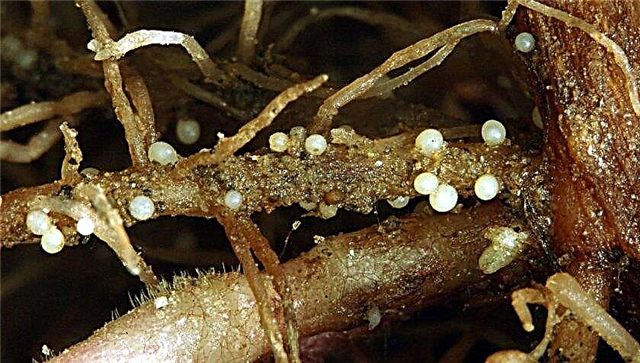
- Potato moth. Eats out the insides of the leaves and leads to the death of the bush. The remedy for it is a solution of 10% malathion (in a proportion of 45 g per 5 l of water).

- Medvedka. Gnaws roots and tubers. There are recipes for poisoned baits that are laid in holes before planting, and they also use the finished Medvetox preparation.
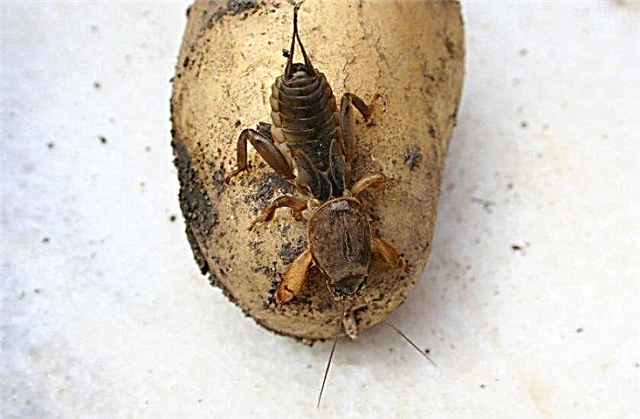
- Late blight. Covers the entire bush, starting from the bottom leaves. Rainy weather contributes to the rapid progress of infection. Copper-based preparations are used for control.
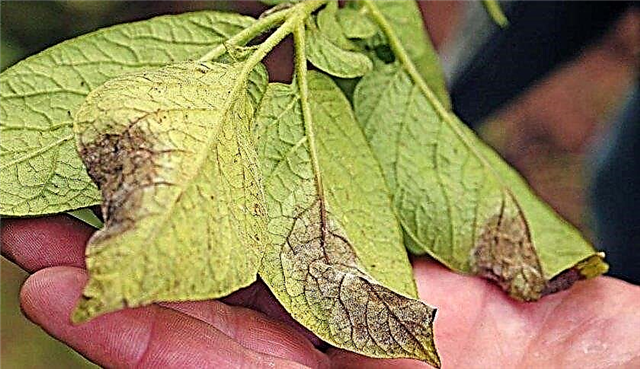
- Rhizoctonia. Fungal disease of sprouts and tubers, which often occurs on tubers germinated in the dark. It leads to growth retardation, wilting and reduced yield. For prevention, tubers are moistened with a 1.5% solution of boric acid during planting and the optimal watering of the soil is controlled.

- Scab. Often affects young shoots and tubers, forming rough and dry ulcers. To avoid illness, tubers are treated with formalin solution (0.25 L of formalin at a concentration of 40% in 50 L of water) before planting for 3 minutes before planting. 2 g of manganese sulfate are added to each well.

Harvesting and storage
Ragneda variety has excellent keeping quality - up to 97%.
When laying the harvest for storage, it is necessary to adhere to the following rules:
- potatoes are carefully sorted, removing damaged specimens;
- selected tubers are dried on the street for several hours;
- during the first three weeks, the storage temperature can be + 11 ... + 13 ° C, which is then gradually reduced to + 2 ... + 4 ° C;
- humidity should be between 90–95%;
- if the crop is stored in the cellar, exhaust ventilation and thermal insulation must be equipped there.
Did you know? Officially recorded more than 80 types of diseases and 50 different pests of potatoes.
The characteristics of the Ragned variety allow it to be recommended for cultivation even by novice gardeners. High commercial qualities, plasticity and resistance to diseases, combined with the observance of the fundamentals of agricultural technology, provide good productivity.








